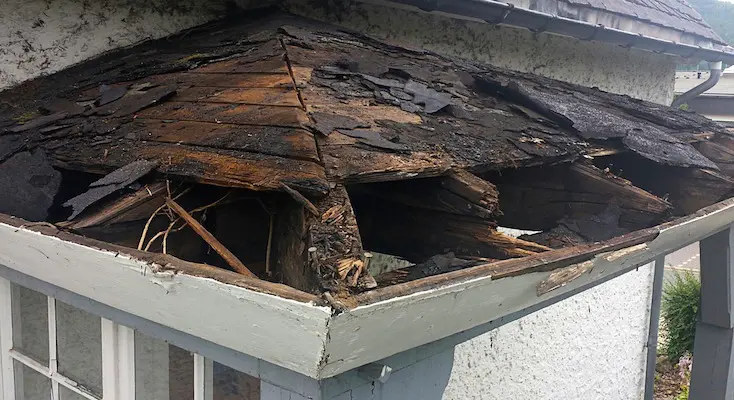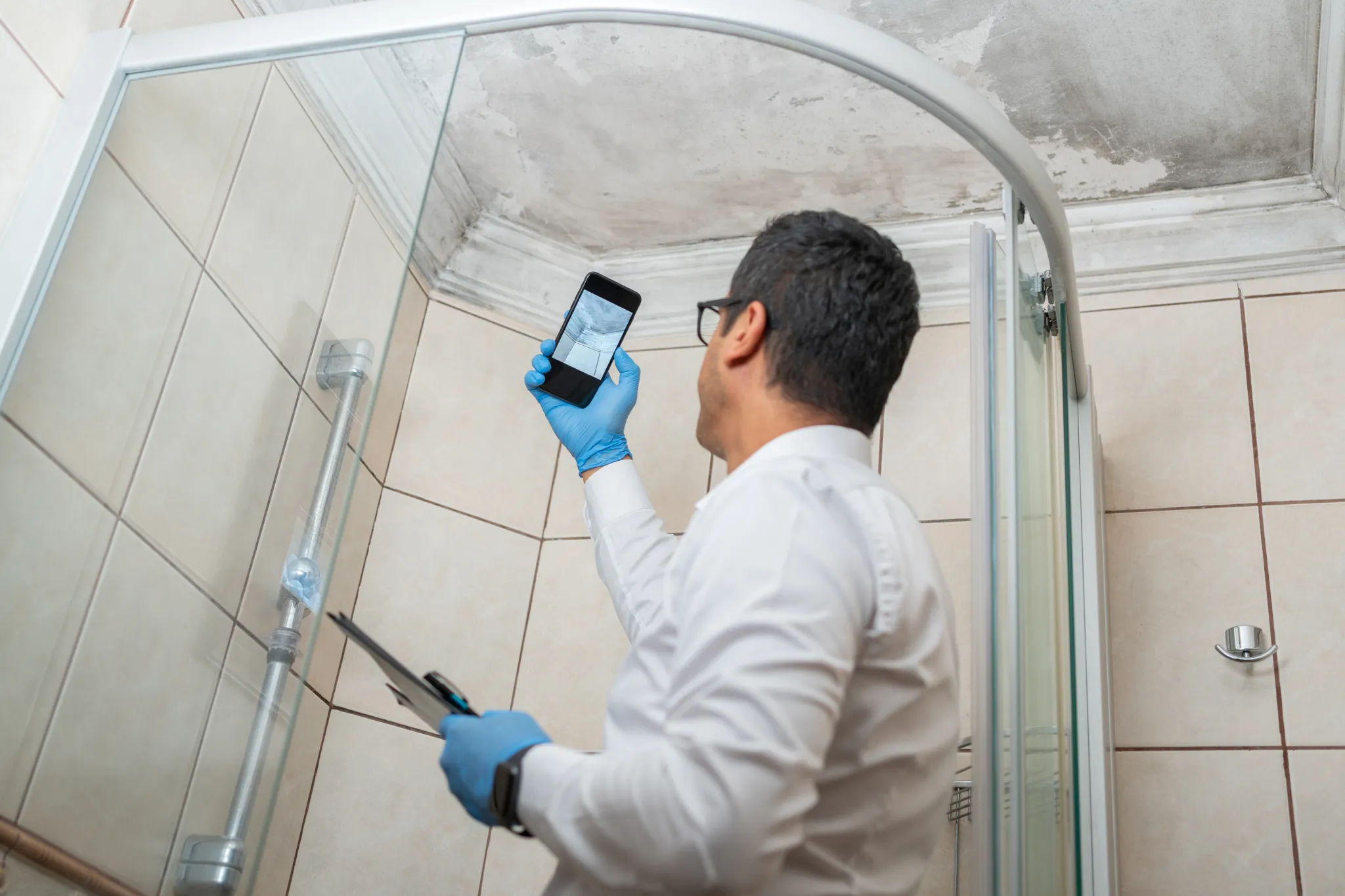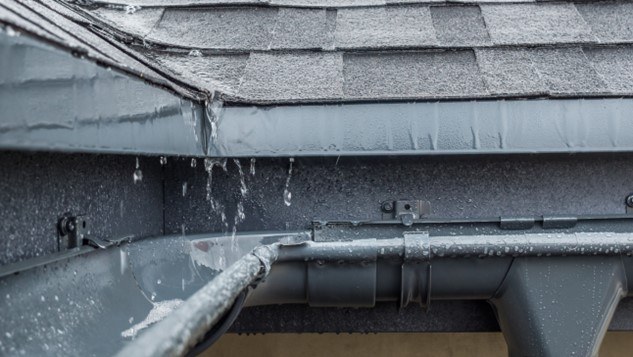Roof leaks can lead to costly water damage and create an environment for mold growth in your attic. Regularly checking for leaks and ensuring your attic remains mold-free are essential steps for maintaining your home’s structural integrity and indoor air quality. This guide will walk you through the process of identifying roof leaks, spotting early signs of attic mold, and implementing preventative measures to keep both your roof and attic in optimal condition.

Why It’s Important to Check for Roof Leaks and Prevent Mold Growth in Your Attic
Roof leaks allow moisture to enter your attic, creating the perfect breeding ground for mold. Once mold begins to grow, it can spread quickly, affecting your home’s insulation, structure, and air quality. Mold in the attic often goes unnoticed until it causes significant issues, such as wood rot, insulation damage, or health problems for occupants. By proactively checking for leaks and monitoring for mold, you can prevent extensive damage and costly repairs.
How to Check for Roof Leaks

Detecting roof leaks early can prevent extensive water damage and reduce the risk of mold growth. Here’s a step-by-step process to help you identify leaks and take immediate action:
Step 1: Inspect the Roof from the Outside
Start by visually inspecting your roof from the ground. Look for signs of wear and damage, including missing, curled, or cracked shingles, as these can allow water to seep through. If your roof has flashing (metal sheeting used to cover joints), ensure it is intact and securely fastened. Damaged or loose flashing around chimneys, skylights, and vents is a common entry point for water.
Signs of Roof Damage:
- Missing or broken shingles
- Discolored patches on the roof surface
- Damaged or corroded flashing
- Debris accumulation, which can trap moisture
Step 2: Check the Roof from Inside the Attic
Once you’ve inspected the exterior, go inside your attic and examine the underside of the roof. Use a flashlight to look for signs of moisture, dark spots, or water stains. Wet insulation, damp wood, and mold growth are all indicators of an active or previous roof leak.
Pro Tip: Conduct your attic inspection during or shortly after rainfall if possible, as this can make leaks more visible.
Step 3: Look for Water Stains or Streaks

Water stains on your attic walls or ceiling are common signs of a roof leak. Check for dark streaks or spots that indicate water has been pooling or dripping over time. Pay particular attention to areas near roof penetrations, such as vent pipes, chimneys, and skylights, as these spots are more prone to leaks.
Step 4: Test for Leaks Using a Hose (If Safe)
If you suspect a leak but cannot locate it, you can use a garden hose to test for leaks. With a helper inside the attic, spray sections of the roof with water for a few minutes and have your helper observe for any water penetration. Avoid this method if there are high winds or rain, as it may pose safety risks.
Explore more tips for locating roof leaks on Angi.
Signs of Mold in the Attic

Once a roof leak has allowed moisture into your attic, mold growth can begin within 24-48 hours. Mold in the attic is usually identifiable by discoloration on wooden surfaces, a musty odor, and visible mold patches. Here are some specific signs to look for:
- Black, green, or white patches: Visible mold growth often appears as dark spots or patches on wood or insulation.
- Musty odor: A persistent, earthy smell is a strong indicator of mold presence.
- Wood discoloration: Mold can cause wood to appear dark or stained, especially on joists, rafters, and beams.
Detecting mold early can prevent extensive contamination and costly remediation. If you notice any of these signs, consider contacting a professional mold remediation service to assess the extent of the issue.
How to Prevent Roof Leaks and Mold Growth in the Attic

Prevention is key to avoiding mold growth and water damage in your attic. Implementing these measures can help protect your roof and attic from leaks and mold:
1. Regular Roof Inspections
Conduct annual roof inspections to identify and repair any minor issues before they lead to leaks. Hiring a professional roofer every few years can help catch small problems that might not be visible from the ground.
2. Maintain Proper Attic Ventilation
Ventilation is essential to prevent moisture buildup in the attic. Proper ventilation helps maintain consistent air circulation, reducing condensation on surfaces. Ensure your attic has enough vents and that they are unobstructed for optimal airflow.
3. Use Mold-Resistant Insulation
Consider using mold-resistant insulation in your attic. Spray foam or rigid foam board insulation can help create a barrier against moisture, reducing the risk of mold growth in your attic.
4. Install a Vapor Barrier
A vapor barrier is a plastic sheet installed on the warm side of your attic insulation to prevent moisture from entering the attic space. By reducing the amount of moisture that accumulates in the attic, you can significantly reduce the chances of mold growth.
5. Clean Gutters and Downspouts Regularly
Clogged gutters can cause water to back up and seep under the roof, leading to leaks and attic moisture. Clean your gutters and downspouts regularly, especially during fall and spring, to ensure proper water drainage away from your roof.
Common Questions About Roof Leaks and Attic Mold
| Question | Answer |
|---|---|
| How often should I check for roof leaks? | It’s best to inspect your roof and attic for leaks at least twice a year, especially before and after the rainy season. |
| Can I prevent mold growth in my attic without a dehumidifier? | Yes, ensuring proper ventilation, using mold-resistant insulation, and controlling moisture through vapor barriers can help prevent mold without a dehumidifier. |
| What should I do if I find mold in my attic? | If mold growth is minor, you may be able to clean it with mold-killing solutions. For extensive mold, contact a professional remediation service. |
| Does attic mold affect indoor air quality? | Yes, mold spores from the attic can spread through your home’s HVAC system, affecting indoor air quality and potentially causing health issues. |
| Are roof leaks covered by homeowners insurance? | Roof leaks may be covered if caused by sudden, accidental events. However, leaks from wear and tear or neglect are usually not covered. Check your policy for specific details. |
Conclusion
Regularly checking for roof leaks and ensuring your attic remains mold-free are essential practices for maintaining your home’s health, structural integrity, and indoor air quality. By inspecting your roof, maintaining proper ventilation, and using mold-resistant materials, you can prevent leaks and mold growth, saving time and money on potential repairs. If you encounter extensive mold or have difficulty locating a leak, don’t hesitate to consult professionals for thorough inspection and remediation services. Taking proactive steps to protect your roof and attic can go a long way in safeguarding your home from moisture-related issues.

